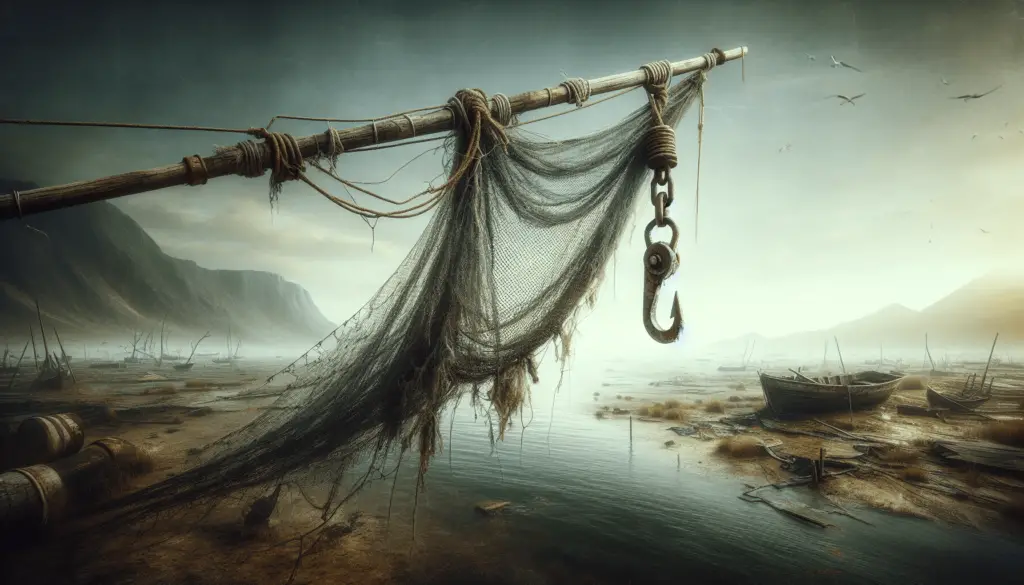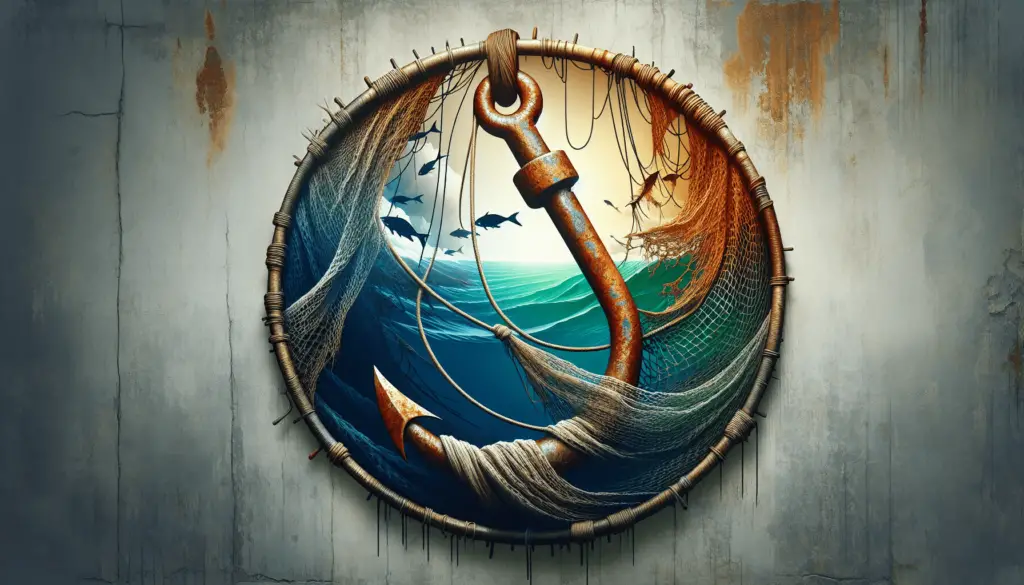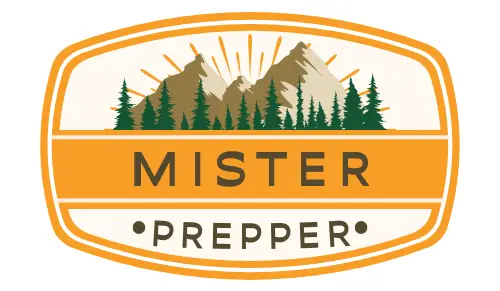Strategies For Sustainable Fishing In Post-Collapse Environments
Fishing is an essential source of livelihood for many communities around the world. However, in post-collapse environments where resources are limited, it is crucial to adopt sustainable fishing practices to ensure the long-term viability of marine ecosystems and the livelihoods of those who depend on them.

Understanding the Impact of Overfishing
Overfishing occurs when the rate of fishing exceeds the ability of fish populations to replenish themselves. This leads to the depletion of fish stocks, disruption of marine ecosystems, and a decline in fish populations. In post-collapse environments, overfishing can exacerbate existing food security and economic challenges, making it crucial to address this issue effectively.
Implementing Sustainable Fishing Practices
To promote sustainable fishing in post-collapse environments, it is essential to implement practices that prioritize the health of fish populations and marine ecosystems. This can include setting catch limits, implementing gear restrictions, and establishing marine protected areas to allow fish populations to recover.
Setting Catch Limits
Setting catch limits is a crucial step in ensuring the sustainability of fish stocks. By establishing quotas for different fish species, fisheries can prevent overfishing and allow populations to replenish themselves. It is important to regularly monitor and adjust these limits based on scientific data to ensure their effectiveness.
Implementing Gear Restrictions
Gear restrictions can help minimize the impact of fishing on marine ecosystems and reduce bycatch of non-target species. By using selective fishing gear and avoiding destructive practices such as bottom trawling, fishers can significantly reduce their impact on the environment.
Establishing Marine Protected Areas
Marine protected areas (MPAs) are designated areas where fishing activities are limited or prohibited to allow fish populations to recover and ecosystems to thrive. By creating MPAs in post-collapse environments, we can help restore depleted fish stocks and promote biodiversity in marine ecosystems.
Promoting Community Engagement and Inclusivity
In post-collapse environments, it is crucial to promote community engagement and inclusivity in fisheries management to ensure the sustainability of fishing practices. By involving local communities, fishers, and other stakeholders in decision-making processes, we can create a sense of ownership and shared responsibility for the management of marine resources.
Collaborating with Local Communities
Collaborating with local communities is essential for developing effective fisheries management strategies in post-collapse environments. By involving community members in decision-making processes, we can leverage local knowledge and expertise to create sustainable fishing practices that are tailored to the needs of the community.
Empowering Fishers as Partners in Conservation
Empowering fishers as partners in conservation is key to promoting sustainable fishing practices in post-collapse environments. By involving fishers in data collection, monitoring, and enforcement efforts, we can build trust and cooperation between stakeholders, leading to more effective conservation strategies.
Investing in Technology and Innovation
Technology and innovation play a crucial role in promoting sustainable fishing practices in post-collapse environments. By investing in new technologies and innovative solutions, we can improve the efficiency and sustainability of fishing operations, reduce environmental impact, and enhance monitoring and enforcement efforts.
Adopting Sustainable Fishing Technologies
Adopting sustainable fishing technologies such as GPS tracking, fish aggregating devices, and electronic monitoring systems can help fishers minimize their impact on marine ecosystems and improve the efficiency of their operations. These technologies can also help promote transparency and accountability in fisheries management.
Developing Innovative Solutions for Bycatch
Bycatch, the accidental capture of non-target species, is a significant issue in fisheries worldwide. In post-collapse environments, bycatch can have severe implications for marine ecosystems and fish populations. By developing innovative solutions such as turtle excluder devices and acoustic deterrent systems, we can minimize bycatch and promote sustainable fishing practices.

Strengthening Governance and Enforcement Measures
Strong governance and enforcement measures are essential for promoting sustainable fishing practices in post-collapse environments. By establishing clear regulations, monitoring compliance, and enforcing penalties for violations, we can deter illegal and unsustainable fishing practices and ensure the long-term health of marine ecosystems.
Enhancing Monitoring and Surveillance Efforts
Enhancing monitoring and surveillance efforts is crucial for detecting and preventing illegal fishing activities in post-collapse environments. By investing in satellite technology, aerial surveillance, and on-board observers, we can improve our ability to monitor fishing activities and enforce regulations effectively.
Implementing Traceability Systems
Implementing traceability systems can help track the origin and movement of fish products throughout the supply chain, ensuring transparency and accountability in fisheries management. By requiring fishers to provide detailed information about their catches, we can prevent illegal fishing practices and promote sustainable sourcing.
Conclusion
In post-collapse environments, the need for sustainable fishing practices is more critical than ever to protect marine ecosystems and the livelihoods of those who depend on them. By implementing strategies that prioritize the health of fish populations, promote community engagement, invest in technology and innovation, and strengthen governance and enforcement measures, we can ensure the long-term viability of fishing activities in these fragile environments. By working together as stewards of the oceans, we can create a more sustainable future for our marine resources and the communities that rely on them.
